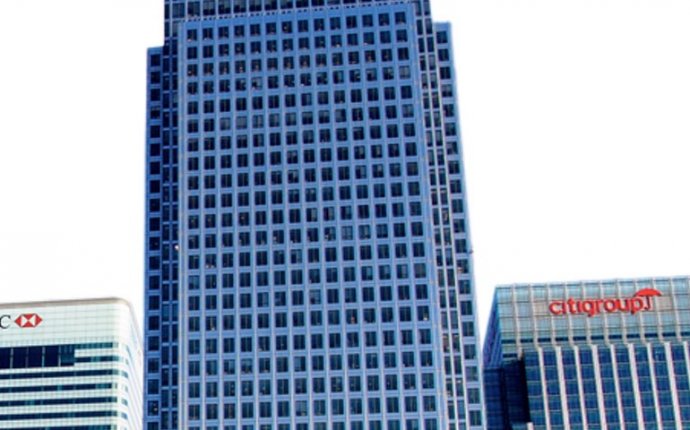
Guide to investment Banking
“If your enemy is superior, evade him. If angry, irritate him. If equally matched, fight, and if not split and reevaluate. “
-Sun Tzu
Ah, yes – the infamous investment banking interview.
There’s nothing quite as unnatural as being locked in a room for 30 minutes with hostile bankers asking you obscure technical questions and grilling you on your background.
But if you want to land investment banking offers, interviews are a rite of passage – so here’s how to dominate them.
The Process and What to Expect
In the US, the investment banking interview process goes like this:
- Submit your resume online or through your contacts;
- Go through a first-round, usually on-campus, interview;
- If you do well, you move to the next round – “superday interviews, ” which are held at the bank’s offices (the article you’re reading right now covers this step);
- If all the bankers like you, they give you an offer.
If you’re going for lateral positions or you’re breaking in after having already worked full-time in another field, the process will be more extended and you might go through dozens of interviews without an official “Superday.”
The Rest of the World
In Europe, Australia, and parts of Asia, there’s a big difference: you go to assessment centers rather than the usual Superday and complete case studies and presentations in front of bankers as your final round.
In the interviews prior to assessment day, the questions are the same as what you receive in the US, so the “fit” and technical questions in this article still apply to you.
The Superday Process – People and Time
At the minimum, you’ll speak with at least 1 banker at every level – Analyst, Associate, VP, and MD – in your final round interviews.
You can go higher than that and “Superday” can last all day, from 8 AM to 6 PM, with 10+ interviews.
tend to conduct more interviews than boutique and middle-market firms because they have the resources to do so.
Most of the time, though, no bank wants to devote entire days of senior banker time to interviews – so you should expect around half a day of interviews.
There’s no particular “best order” in which you should go through these interviews – it’s up to the bank, and you have no control over it.
Each interview lasts for 30 minutes, with the first few minutes devoted to telling your story (see below).
You can expect 3 types of interview questions:
- Your Story – “Walk me through your resume/CV” or “Tell me about yourself.”
- “Fit” Questions – “Are you a team player? Tell me about your weaknesses. How was your last internship?”
- Technical Questions – “Walk me through a DCF. How does 40% cash vs. 50% cash affect a merger model? What happens on all 3 statements when COGS goes up by $10?”
Senior bankers are more likely to focus on “fit” questions, while junior bankers (analysts and associates) enjoy asking technical questions to test your mettle.
You may get brain teasers and “stress test”-type questions, but these were more common in ancient times (the 80’s, 90’s, and early 00’s).
Your Story
This is the most important question you will get in interviews.
Bankers often judge you 90% based on what you say in the first few minutes; the rest of the interview is just a formality.
So if you haven’t already done so, watch the “telling your story” tutorial, read about the key “story” mistakes to avoid and sign up for The Banker Blueprint to get sample stories.
Fit Questions
After your “story, ” fit questions are the second most important type – they are more important than technical questions for 2 reasons:
- Unless you’ve had a previous or other full-time experience in finance, you will usually get more fit questions than technical ones.
- The senior bankers (VPs and MDs) who interview you will focus more on fit questions and they are the ones who decide on job offers.









